Introduction
Why Do Rats Suddenly Disappear: Rats, those ubiquitous rodents that seem to thrive in urban and rural environments alike, are known for their adaptability and ability to elude capture. Yet, there are times when they seem to vanish without a trace, leaving us to wonder where they’ve gone and why. Rats burrow, members of the genus Rattus, are highly intelligent creatures with a remarkable capacity to survive in a variety of environments. They are often associated with urban areas, where they can be found scavenging for food and shelter in sewers, garbage bins, and even our homes. Their presence can be a nuisance and a health hazard, leading many to seek ways to control their populations. However, it’s not uncommon for people to notice that after a period of infestation or regular sightings.
The rats they once encountered suddenly disappear, leaving them bewildered. Understanding the reasons behind the enigmatic disappearances of rats requires delving into the intricacies of their behavior, biology, and the ever-changing environment they inhabit. Several factors contribute to the vanishing act of rats, and unraveling this mystery sheds light on the complex relationship between humans and these adaptable rodents. In the various factors that can lead to the sudden disappearance of rats. We’ll examine their behavioral patterns, including their tendencies.
To relocate, and the impact of environmental changes on their populations. We’ll also explore the role of human intervention and pest control methods in influencing rat populations. By the end of this investigation, you’ll gain a deeper understanding of why rats sometimes seem to vanish into thin air, and how this can be applied to manage and coexist with these resilient creatures. This intriguing journey to uncover the secrets behind the vanishing act of rats.
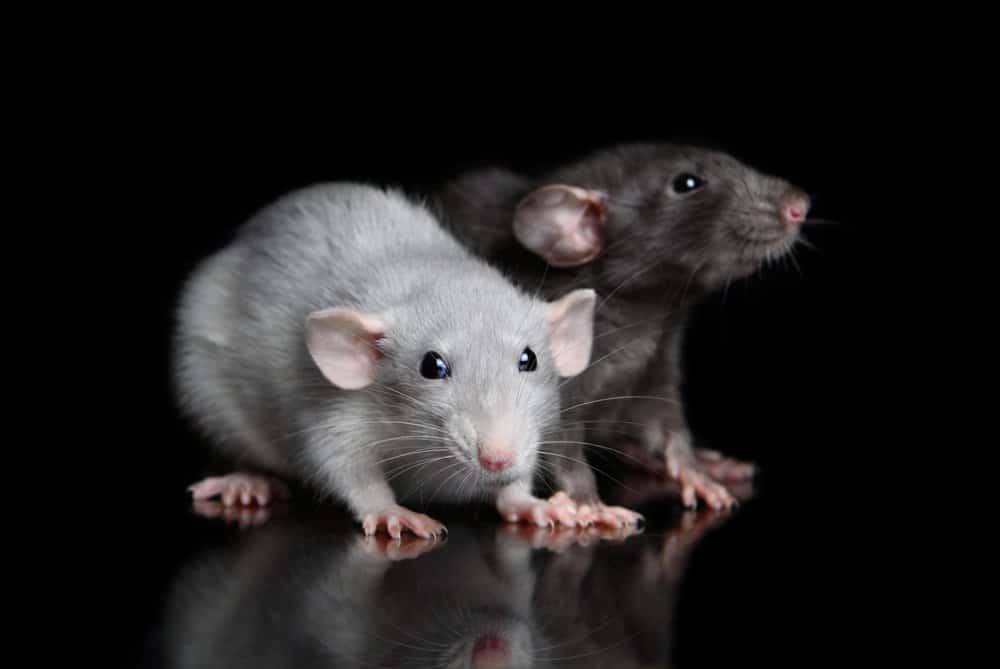
What causes rats to go away?
It’s possible to repel rats using essential oils such as peppermint oil and other smells that they naturally don’t like. Using peppermint oil is one of the easiest ways to keep rats away from your home as long as you aren’t giving them an easy food source.
Food Scarcity: Rats are opportunistic feeders, and their presence is often linked to the availability of food. When their primary food sources become scarce or inaccessible, rats may be forced to move on in search of sustenance. This could occur due to changes in seasons, urban development, or effective food storage and disposal practices by humans.
Environmental Changes: Rats are adaptable creatures, but extreme changes in their environment can disrupt their habitat. Environmental factors such as flooding, construction, or natural disasters can displace rat populations, causing them to seek out new areas that better meet their needs for shelter and resources.
Predator Presence: Rats have their fair share of natural predators, including birds of prey, snakes, and even larger mammals. The presence of these predators in an area can put pressure on rat populations, prompting them to move to safer locations to avoid becoming prey.
Human Intervention: Humans are one of the primary drivers of rat movements. The use of pest control measures, such as traps, baits, and poisons, can deter rats and lead them to leave treated areas. Rats are known for their ability to quickly adapt and avoid threats, making them skilled at evading human efforts to control them.
How do you know a rat is gone?
Listen for Scratching and Scurrying Sounds
Rats are nocturnal, so if you’re hearing scratching or scurrying sounds at night, then it’s likely that you have some rats still around. If you don’t hear any noises at night, then it’s likely that all of the rats have been eliminated.
No Sightings: The most obvious sign that rats may be gone is the absence of sightings. If you’ve been regularly spotting rats in your home or property, a sudden lack of their presence is a strong indication that they have moved on or have been successfully eliminated.
No New Droppings: Rats leave behind distinctive droppings that are usually found near their feeding and nesting areas. If you’ve cleaned up rat droppings and notice that no new ones have appeared over an extended period, it suggests a decline in rat activity.
Silence: Rats are often noisy creatures, and you may hear them scratching, gnawing, or scurrying in walls, ceilings, or other hidden spaces. The absence of such sounds can indicate that rats are no longer active in your property.
No Damage: Rats are notorious for chewing through wires, insulation, and other materials. If you’ve had rat damage in the past and notice that there is no new damage or signs of recent chewing, it’s a positive sign that rats have moved on.
What would happen if rats disappeared?
In addition to disrupting the ecosystem food chain, if all rats on the planet died, flora or plants across the globe would be disrupted. Rats play a role in seed distribution. Rats ingest items that contain seeds, many seeds then passing out of their bodies intact via rat droppings.
Predator-Prey Relationships: Rats are a primary food source for many predators, including birds of prey, snakes, and larger mammals. The disappearance of rats could disrupt these predator-prey relationships, potentially leading to population declines or imbalances in predator species.
Seed Dispersal: Rats unwittingly aid in seed dispersal by consuming fruits and seeds and then depositing them in new locations through their droppings. This process helps plant populations expand and regenerate. Without rats, some plants may struggle to spread, affecting local biodiversity.
Invasive Species Control: In some regions, rats have become invasive species, threatening native wildlife. Their disappearance might lead to a resurgence in vulnerable native species, potentially impacting ecosystems positively.
Disease Control: While rats can carry diseases, they are also hosts to parasites that act as natural controls on some disease vectors. Without rats, these parasites might proliferate, potentially increasing the risk of certain diseases like Lyme disease, which is controlled by predators that feed on rats.
Will a rat leave if scared?
Sonic repellents are designed to emit high-frequency sounds that will frighten or drive away rats and other rodents. The theory is that these high-frequency sounds, which we cannot perceive, are so distressing to rodents that they will leave the area.
Rats are primarily driven by the availability of essential resources like food and water. If they are scared in one location but find no better options elsewhere, they may return to the original area to meet their survival needs.
Rats are territorial and may engage in competition with other rats for resources. If scared, they might temporarily leave but return to defend their territory if they perceive that other rats are trying to take over.
When humans use pest control methods such as traps, baits, or repellents, rats may become frightened and leave the treated area. However, they are also known for their ability to adapt quickly to these threats, so the absence might be temporary.
In areas with high rat populations, individual rats may be more inclined to leave when scared to avoid confrontations with other rats. In contrast, in areas with fewer rats, they may be more likely to stay and adapt to the fear-inducing conditions.
What smells attract rats?
Odors and smells that come from pet waste, pet food, garbage containers, barbecue grills, birdfeeders, and even from unharvested fruit and nuts from plants can attract rats and mice.
Rats are notorious for their keen sense of smell, which they rely on heavily to locate food, identify potential mates, and navigate their environments. While they are opportunistic feeders and can be attracted to a wide range of smells, certain odors are particularly enticing to rats. Understanding what smells attract rats can be crucial for rat control and prevention efforts.
Rotting food in garbage bins or improperly sealed trash bags emits strong odors that can easily attract rats. Rats are scavengers and are drawn to the scent of discarded food. The aroma of pet food, whether dry kibble or wet canned food, can be appealing to rats. It’s store pet food in airtight containers to prevent rats from accessing it.
The smell of cooking oils, grease, and food residues can linger in kitchens and attract rats. Cleaning up spills and maintaining a clean kitchen is essential to deter them. Rats communicate using pheromones, chemical signals that convey information about their territory and reproductive status. These pheromones can attract other rats to a specific area.
Do rats keep coming back?
Exposed food will encourage rats to come into your home time and time again. Keep food away from prying rodent eyes. Food stored in sealed containers cannot be accessed by rats. Rats will give up when they realise there is nothing to eat in your home!
Identify Entry Points: Thoroughly inspect your property to identify and seal any potential entry points that rats can use to gain access to your home or building.
Sanitation: Keep the property clean and remove attractants. Store food in airtight containers, secure garbage bins, and clean up food spills promptly.
Rat-Proofing: Invest in rat-proof containers for pet food and trash. Consider using traps and baits strategically to monitor and control rat populations. If rat nests are discovered, they should be removed and the area sanitized to deter rats from returning.
Professional Pest Control: When facing persistent rat infestations, it may be necessary to seek the services of professional pest control experts who can employ effective and humane methods to eliminate rats and prevent their return.
Where do rats hide in the day?
Inside, rats can be found hiding out in holes, cracks, and crevices; climbing up through drains in bathrooms and kitchens; behind cabinets; behind and under appliances; in air ducts and ventilation systems; in piles of clutter; in storage containers; in hollow walls; and in crawlspaces, attics, garages, and basements.
Nesting Sites: Rats often hide in their nests during the day. These nests can be found in secluded, protected areas such as wall voids, attics, crawlspaces, basements, and within insulation. Rats create nests using materials like paper, fabric, and insulation to warmth and comfort.
Burrows: Some rat species, like the Norway rat, are known for burrowing. During the day, they may retreat to their burrows, which can be located in gardens, under buildings, in piles of debris, or along the sides of foundations.
Cavities and Crawlspaces: Rats can squeeze through small openings and hide in tight spaces. They may use wall voids, floor cavities, or crawlspaces as hiding spots during the day.
Underneath or Inside Structures: Rats often seek shelter beneath structures like sheds, decks, and porches. They may also find their way inside buildings through gaps and openings in the foundation or walls.
Why rats should not be killed?
Rats are adaptable survivors, consistently resisting increasingly dangerous and cruel attempts to exterminate them, from progressively stronger poisons (which can cause collateral damage to other wildlife) to a wide range of traps, including glue traps (which cause a prolonged, agonizing death).
Ecological Balance: Rats, like many other species, play a role in local ecosystems. They serve as prey for various predators, including birds of prey, snakes, and larger mammals. Removing rats from an ecosystem can disrupt natural predator-prey relationships and potentially lead to imbalances in local wildlife populations.
Invasive Species Control: In some regions, rats have become invasive species, threatening native wildlife. Killing rats may not address the root causes of their invasiveness, and it may be more effective to focus on habitat restoration and conservation efforts to protect native species.
Resistance and Resilience: Rats are known for their ability to adapt quickly to control methods. Indiscriminate killing can lead to the selection of more resilient and resistant rat populations, making long-term control efforts more challenging.
Public Health Concerns: While rats can carry diseases, the risk of disease transmission to humans is often overstated. Proper sanitation and hygiene practices can mitigate these risks without resorting to mass killing.
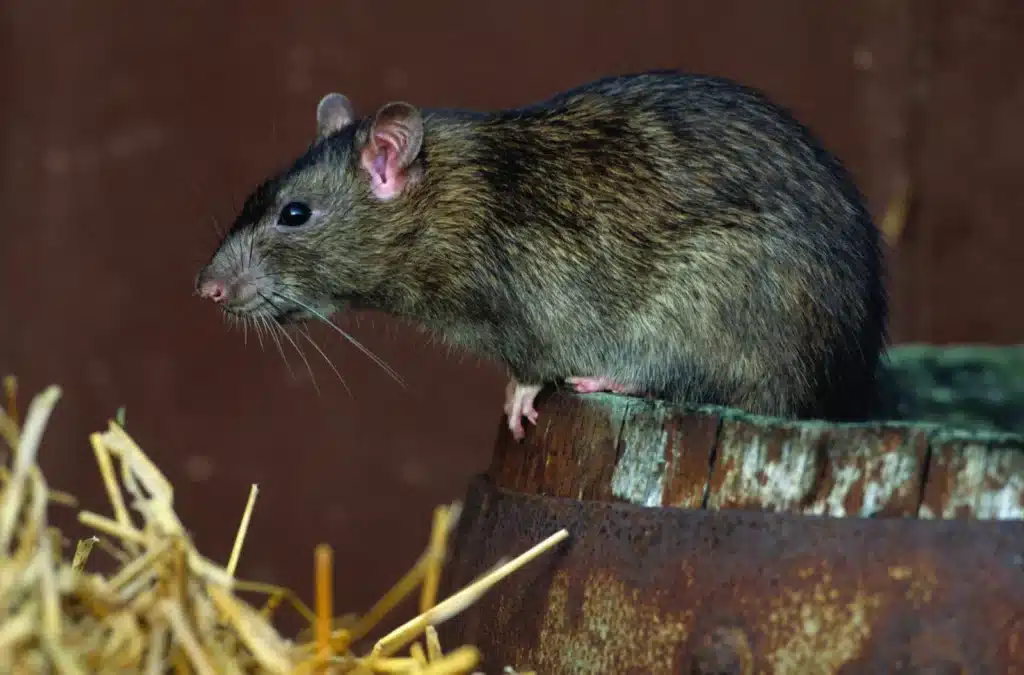
Conclusion
In the mystery of why rats suddenly disappear, our journey has taken us through the intricate web of factors that contribute to this enigmatic phenomenon. We’ve learned that rats, those remarkably adaptable creatures, are not immune to the ever-changing forces of their rats environmental and the interventions of humans seeking to control their populations. One of the key reasons for the sudden disappearance of rats lies in their innate behavior. Rats are highly intelligent and adaptable rodents, capable of adjusting their habitats and habits to suit their survival needs. When they sense danger or increased pressure, they often seek out new locations, making use of their agility and sharp instincts to relocate.
This natural behavior can explain why a once-thriving rat population in a particular area might suddenly dwindle or vanish entirely. The environment plays a crucial role in the rat disappearance puzzle. Changes in climate, food availability, and habitat conditions can greatly influence rat populations. In times of scarcity or when their natural habitats are disrupted, rats may move to new areas in search of sustenance and shelter. Additionally, the use of pest control measures, such as traps and poisons, can impact rat populations by reducing their numbers or driving them away from treated areas. Human intervention and pest control methods, while effective in managing rat infestations, can also lead to rats disappearing from certain areas.
Rats are known to quickly adapt to avoid threats posed by humans, including the presence of traps and baits. As a result, they may relocate to less hazardous territories, further contributing to the mystery of their sudden disappearances. The phenomenon of rats suddenly disappearing is a complex interplay of behavioral adaptations, environmental changes, and human interventions. While it may remain a source of curiosity and intrigue, understanding these factors can valuable insights into managing and coexisting with rat populations in both urban and rural settings. As we continue to study and learn about these resilient rodents, we can develop more effective and humane strategies for rat control, ensuring a balance between human needs and the natural world.

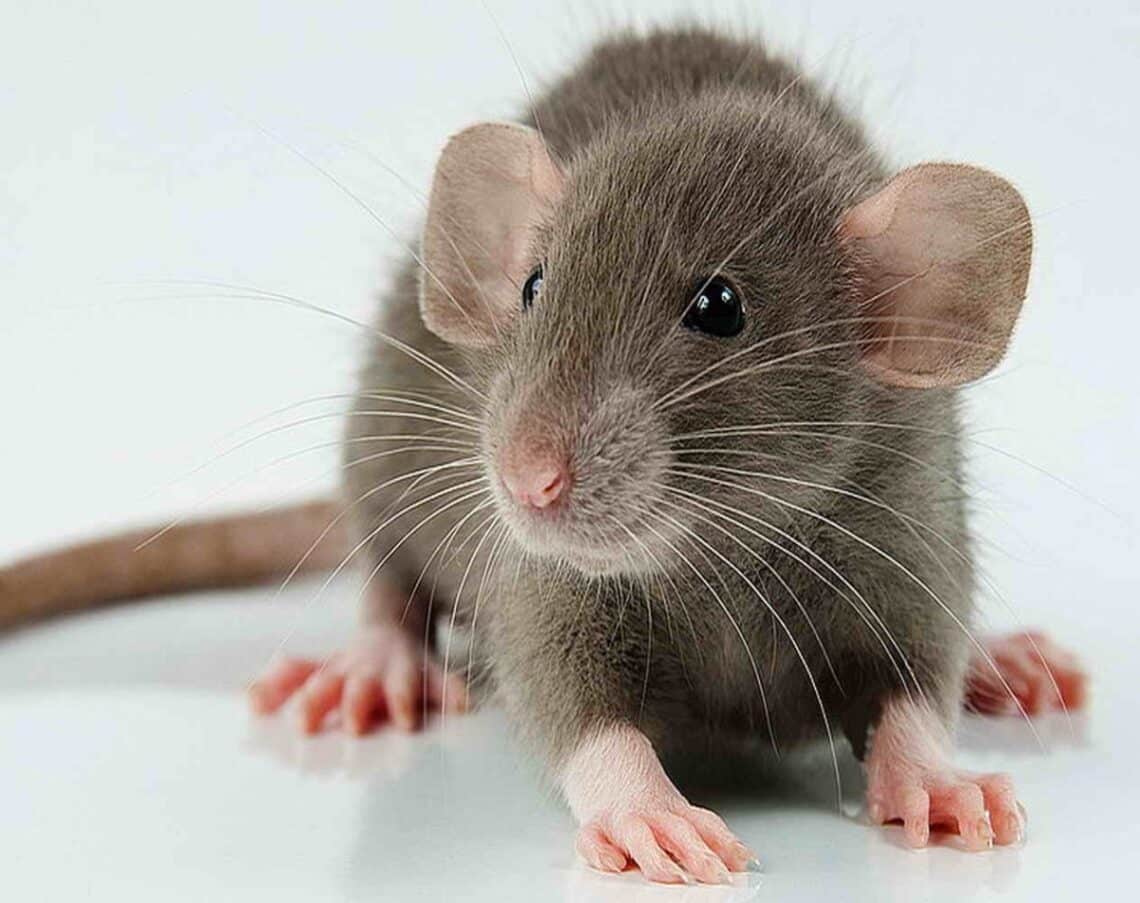
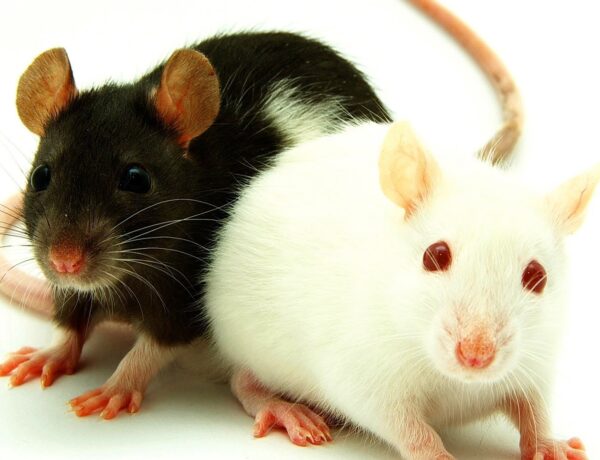

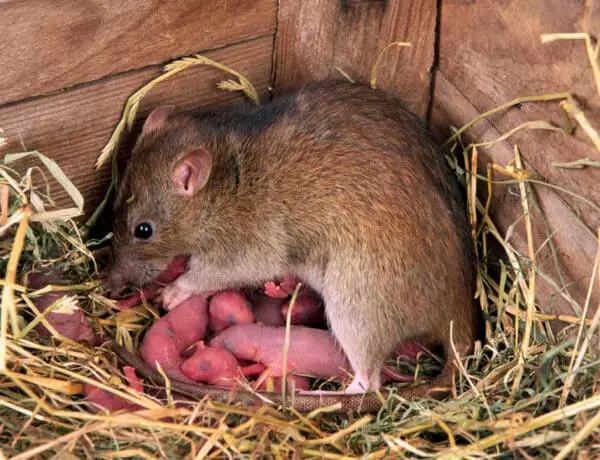
No Comments